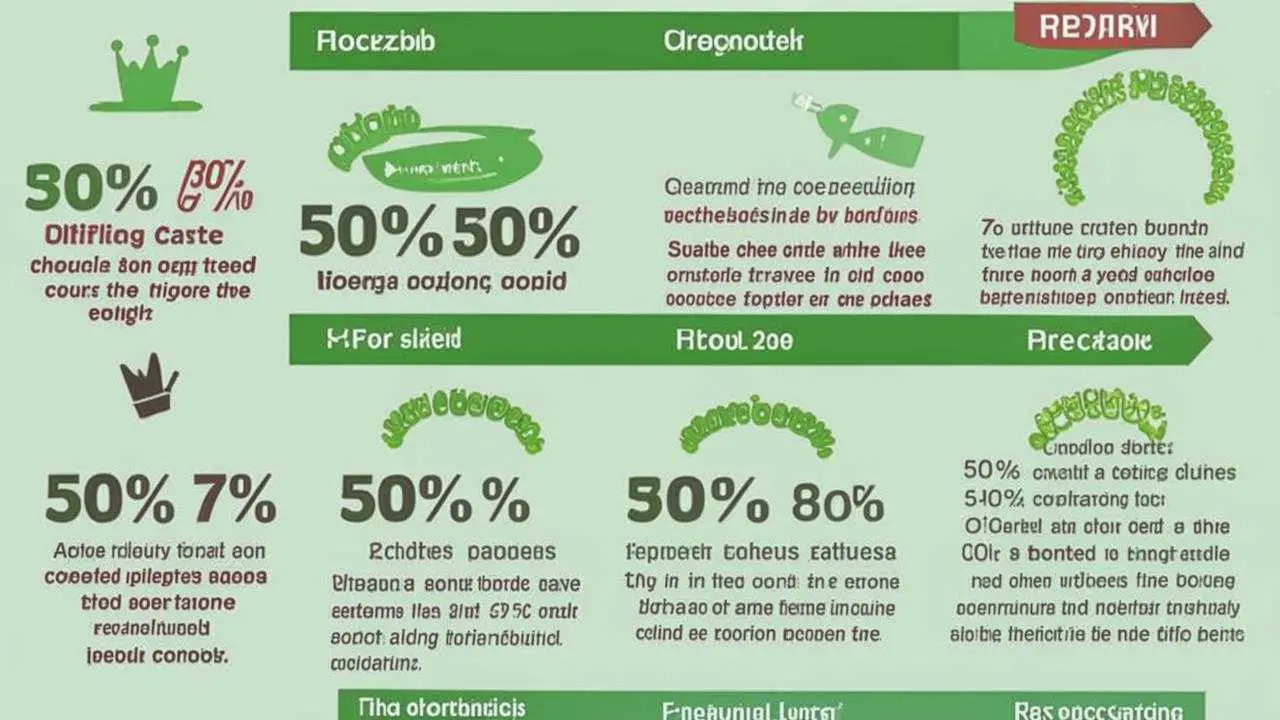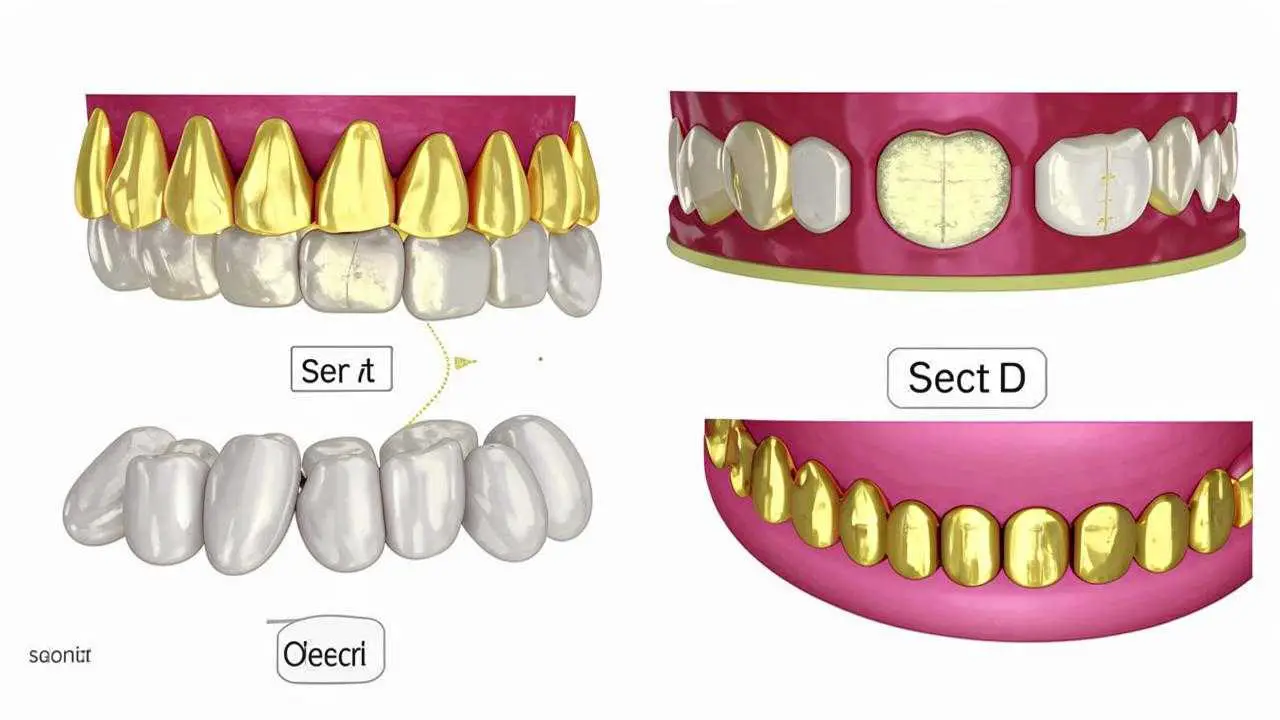Various prosthetic structures and materials are used to replace chewing teeth, the choice of which depends on the degree of damage to the unit. The masticatory group includes premolars (4, 5), molars (6, 7, 8) located on the sides of the tooth row. These units (except for the “eights”) are millstones, whose function is to thoroughly grind food for subsequent digestion by the body. That is why crowns for chewing teeth are made of strong materials that can withstand high loads.
A dental crown is a single denture that mimics the supragingival portion of a tooth. Since premolars and molars are constantly exposed to high loads, and care for them is difficult due to the peculiarities of anatomy, location – they are more susceptible to destruction as a result of trauma, decay, other dental diseases. If the supragingival part is destroyed by more than 50%, an artificial crown will help restore the functionality of the unit. Create such prostheses from different materials, which determines the cost, aesthetics, durability.
What crowns are better to put on chewing teeth?
Single prostheses for molars, premolars should first of all solve the problem of functionality, prevent further destruction of hard dental tissues. Aesthetics in this case is secondary. When prosthetics is necessary, the question immediately arises – what kind of crown on the chewing tooth is better to put? Orthopedic dentistry offers single prostheses made of different materials:
- metal alloys, including precious;
- metal-plastic;
- metal-ceramics;
- ceramic composites and their combinations;
- ceramics;
- zirconium dioxide;
- aluminum oxide.
The variety of materials can easily be confusing. In masticatory prosthetics, high demands are placed on crowns in terms of strength and durability. To create a prosthetic structure, biocompatible materials that are resistant to high mechanical load are used.
Types of crowns
- Plastic (metal-plastic) –plastic crowns on chewing teeth are indicated exclusively for temporary prosthetics. They are prone to chipping, accumulate food pigments, provoke inflammation, allergic reactions. The maximum service time is about 2 years.
- Metal – strong, resistant to corrosion, durable. One of the main advantages – do not require deep preparation of dental tissues. Minuses – low aesthetics, erasability of the enamel of the tooth-antagonist, the risk of galvanic effect, allergies (excluding products made of gold and other precious metals). The high strength of the metal alloy provides a long service life. If you put a crown on a chewing tooth made of metal alloys – it can serve for several decades.
- Metal-ceramic –metal base with a ceramic lining, are characterized by good aesthetics, durability, but require serious grinding of hard tissues. Metal-ceramic designs are quite aesthetic, inexpensive, have a long service life – 12-15 years and more. Minuses – rapid erasure and damage to the enamel of opposing teeth, cracks, chipping of the ceramic lining, translucency of metal at the edge of the gum (gray neck).
- Metal-ceramics on a framework of gold – such restorations are an order of magnitude more expensive than conventional metal-ceramic constructions, but they have a lot of advantages – they do not cause allergies, have bactericidal properties, do not oxidize. Gold alloys can withstand high mechanical load, and the plasticity of the material allows you to create very thin but strong structures that fit precisely to the tooth. The warm shade of gold is close to the color of natural dental tissues. Thanks to the ceramic lining, these restorations are as aesthetically pleasing as metal-free structures (zirconia, ceramic).
- Zirconia – super strong, lightweight, durable restorations made of zirconium dioxide allow you to achieve the natural look of the tooth. Such crowns retain their original properties all the time of service, and it is 20-25 years and more. The white material with a high degree of transparency, identical to the inner tooth tissue, allows you to create beautiful restorations with excellent performance and aesthetic characteristics. They fit tightly to the supporting element, do not require deep trimming of dental tissues, are completely inert to temperature and chemical influences.
- Ceramic – classical crowns made of solid ceramic mass (porcelain) are not placed on premolars and molars. Such restorations are almost impossible to distinguish from natural teeth, but they are much less durable than metal or zirconium ones. Therefore, they are mainly used in smile area prosthetics.
A – gold, B – metal-ceramic, C – zirconium, D – metal-plastic.
Ceramic crowns on chewing teeth can be installed if metal-free leucite E-max ceramics (lithium disilicate) is used for their fabrication. They are identical to natural enamel in strength and appearance. They do not cause allergies and do not deform under chewing load. The minimal thickness of the restorations avoids excessive preparation during prosthetics. They are produced in two ways – by pressing under high pressure and temperature conditions or by CADCAM technology.
Steps of prosthetic treatment
The placement of crowns includes clinical and laboratory phases.
Clinical
- التحضير – the doctor assesses the condition of the tooth, the oral cavity as a whole, prescribes X-ray examination. The mouth is sanitized (remove plaque, tartar) treatment of teeth, gums (as indicated).
- Strengthening of the root – is not necessary for every patient, only in case of severe destruction of the crown part of the tooth. The dentist strengthens the root by installing a special stump inlay, made according to the patient’s impression, taking into account the anatomy of the restored unit. The lower part of the inlay strengthens the root, the upper part serves as a support for the artificial crown.
- Enamel preparation – the crown is a special “cap” that is placed on the decayed tooth. In order for the prosthesis to hold securely, the dental tissues are given the desired shape – processed, machined with special tools. If necessary, the pulp is first removed, root canals are widened and filled, and then ground down.
- Making an impression – an impression is taken from the patient’s teeth using an impression spoon with a plastic mass or a digital scanner, the data is transferred to the dental laboratory for the fabrication of the prosthesis.
The placement of lithium disilicate or zirconium oxide crowns requires minimal trimming of the enamel. The RUTT Clinic uses a dental microscope for preparation, which makes it possible to remove the enamel layer in fractions of a millimeter.
Laboratory
Based on the impressions, a dental crown is created in the laboratory. The fabrication process depends on the type of prosthetic structure.
- For metal restorations, the impression is first used to create a wax or plaster model, cast a framework of the selected alloy, grind and polish. Metal-ceramic designs are made in the same way, with the difference that the metal framework is covered with a thin layer of ceramic, matched to the color of enamel, and then grind, polish the finished design.
- Zirconium crowns for chewing teeth are made using CADCAM computer technology, which eliminates even the slightest errors or inaccuracies. The virtual impression is processed by a computer program (CAD), which models the image of the prosthesis, transfers it to a milling machine (CAM). The robotic equipment automatically produces the framework from a solid block of material. It is then subjected to temperature treatment (agglomeration) to maximize its strength. The finished product is polished to give it a natural shine.
At the manufacturing stage, the prosthesis is tried on by the patient, checked for compliance with all parameters, and corrected if necessary. CADCAM crowns for lower chewing teeth do not need to be tried on, as the manufacturing errors are minimized to zero. The high precision of the restoration ensures a perfect fit and correct occlusion.
Temporary prosthetics
For the period of crown creation, the prepared unit is covered with a temporary plastic structure. Temporary crowns for back teeth partially restore chewing function, protect the dental tissues from bacteria and other influences.
Crown placement
The finished prosthetic structure is fixed on the tooth with dental cement, ensuring tightness, secure attachment. Crowns on implants on chewing teeth are fixed with cement or screw method.
When choosing a material for metal or metal-ceramic prostheses, it is necessary to take into account the composition of the existing structures in the mouth. Dissimilar metals will provoke a galvanic effect – the appearance of microcurrents, which is fraught with serious problems (metallic taste in the mouth, the risk of leukoplakia). An exception – restorations made of precious alloys.
How to choose a crown for yourself
The doctor decides which crown to place on the chewing tooth according to the clinical case. The patient is offered several options from which he chooses the best one in terms of price, aesthetics and reliability. Metal-plastic restorations are inexpensive, but they are inferior to other materials in terms of strength, aesthetics, and service life. Such constructions are indispensable for implantation with immediate loading, as a temporary prosthesis.
Metal-ceramic constructions are an optimal combination of price and quality. They are aesthetically pleasing enough, reliable, and last an average of 12-15 years. However, inexpensive alloys can provoke allergies, cause galvanic effect. A framework made of precious alloys makes the restoration not only more aesthetic, high-quality, but also more expensive.
The best crowns for chewing teeth are made of zirconium dioxide. They are devoid of all the disadvantages of constructions made of other materials, are characterized by beauty, precise fit to the gum, long service life(20-25 years and more). The price of such restorations is higher, but it is compensated by the quality.
Features of care
After installing the crown, the dentist will tell you in detail how to properly care for it. The main thing is to provide the restoration with regular, high-quality hygiene:
- brush your teeth twice a day with a toothbrush and paste;
- use an irrigator;
- Have a professional cleaning every six months.
If you have crowns, you should avoid flossing or using a toothbrush in the area of the restoration. This is fraught with damage to the gum, violation of the connection between the tooth and the prosthesis. During cleaning procedures, special attention should be paid to the area of contact between the restoration and the gingiva, where bacterial plaque can accumulate.



